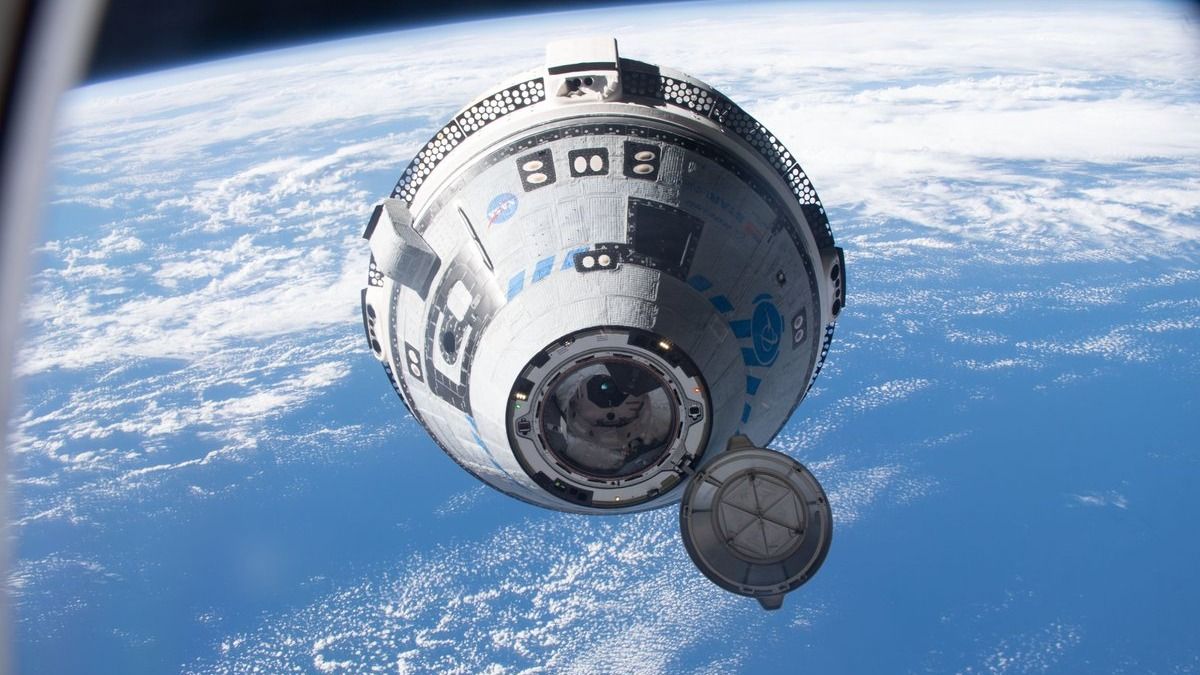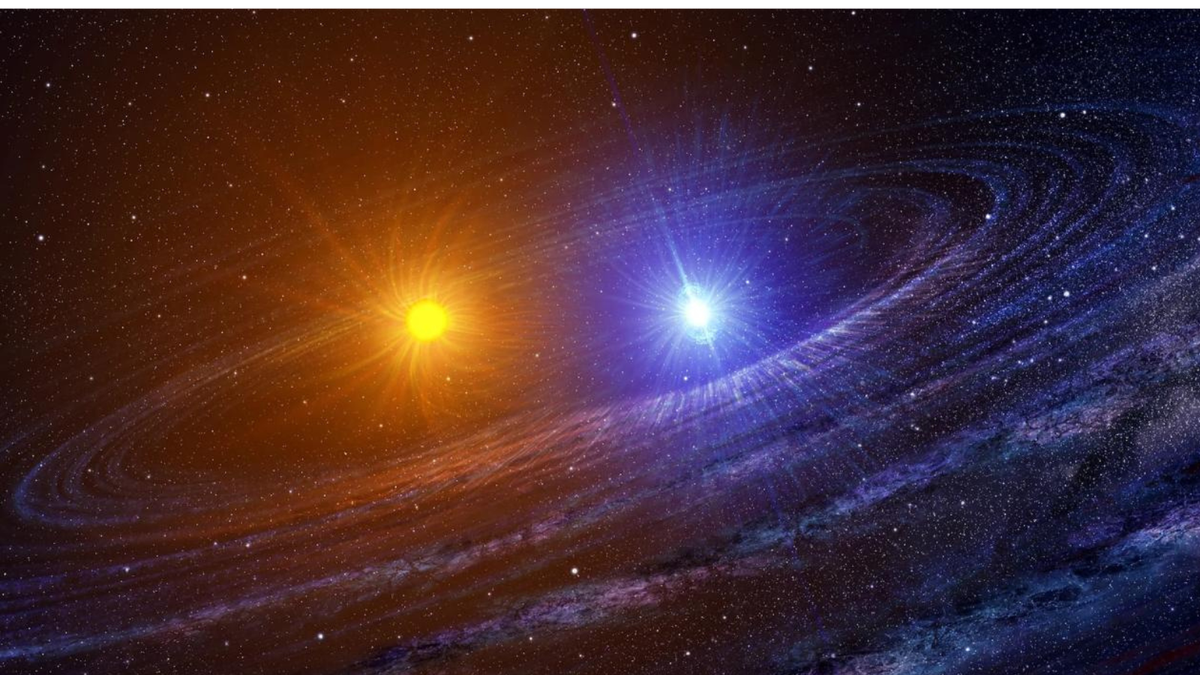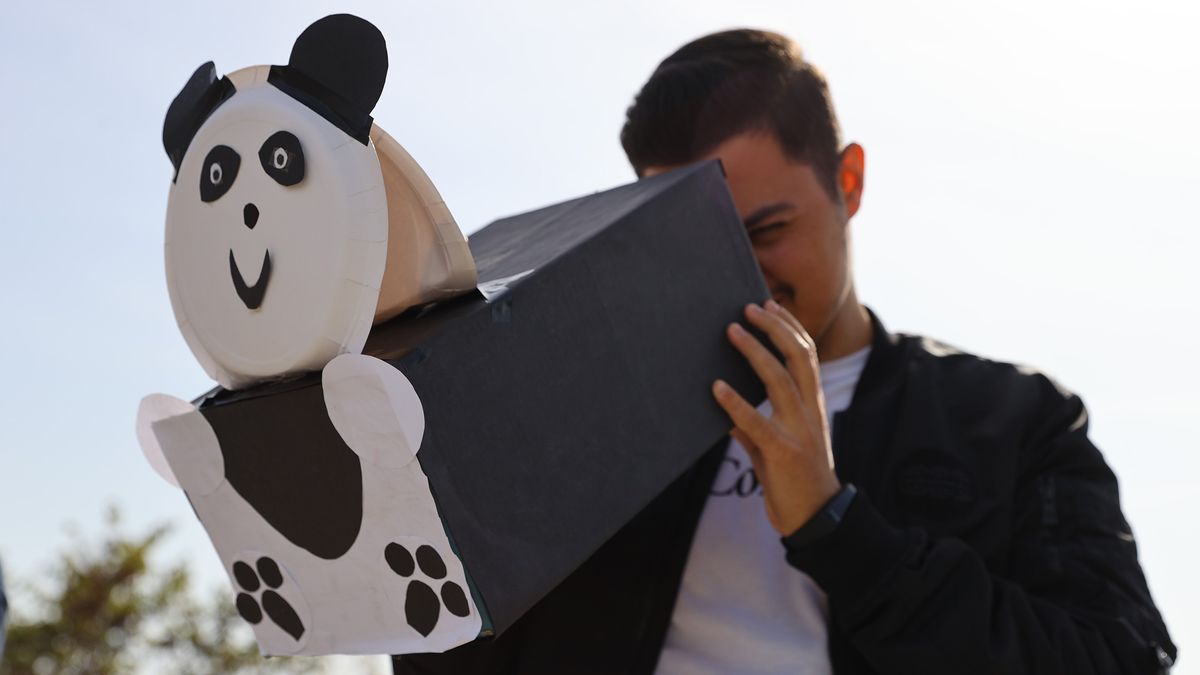Boeing’s Focus on Future Starliner Missions
Boeing has recently expressed interest in potential missions involving private astronauts for upcoming Starliner missions, although the primary focus remains on collaborating with NASA. Mark Nappi, the spacecraft’s program manager, emphasized Boeing’s dedication to launching the initial Starliner mission for NASA with crew members on board.
The upcoming mission, Crew Flight Test (CFT), is scheduled to feature NASA astronauts Butch Wilmore and Suni Williams embarking on a journey to space aboard a United Launch Alliance Atlas V rocket no earlier than May 6. Nappi highlighted that the current attention is centered on the successful execution of CFT, as he addressed reporters during a telephone press conference from NASA’s Kennedy Space Center near Orlando.
Private Astronaut Flights and Future Endeavors
Although private flights are a potential avenue for exploration, Boeing is primarily focused on meeting the demands of NASA regarding astronaut missions. The company intends to enhance spacecraft production capabilities to accommodate future NASA astronaut flights, which are projected to continue until the possible retirement of the International Space Station in 2030.
Nappi mentioned that while private flights are a prospect in the long run, the current priority is to fulfill NASA obligations and ensure a seamless transition beyond the station’s retirement in the future. The company is strategically positioned to address future challenges once the immediate objectives with NASA are successfully met.
Boeing’s Strategic Direction in Comparison to SpaceX
Boeing’s strategic direction concerning private astronaut missions contrasts with SpaceX, another leading company in the realm of space exploration. Following the retirement of the space shuttle in 2011, both Boeing and SpaceX secured contracts from NASA to conduct commercial crew missions to the International Space Station (ISS).
While Boeing’s commercial crew contract for Starliner reached $4.2 billion based on 2014 figures, SpaceX’s contract amounted to $2.6 billion. Since SpaceX’s first test mission to the ISS in 2020, the company has undertaken 11 additional astronaut flights to the space station, catering to both NASA’s requirements and private endeavors in space exploration. Various private entities, such as Axiom Space, have utilized SpaceX’s Crew Dragon spacecraft to execute missions involving civilians and private individuals.
Challenges and Progress in Starliner Development
Despite the accomplishments in private space missions, Boeing has encountered challenges associated with the development of the Starliner spacecraft since 2019. Technical issues led to unanticipated costs amounting to $1.4 billion for Boeing, affecting the timeline of the Crew Flight Test (CFT) by four years.
Following multiple enhancements and rigorous testing, the Starliner successfully completed its second uncrewed flight to the ISS in 2022 after the initial failed attempt in 2019. However, the discovery of critical issues related to the spacecraft’s parachutes and flammable materials further delayed the CFT mission in 2023, underscoring the complexities of space exploration.
Steve Stich, the program manager for NASA’s Commercial Crew Program, commended Boeing’s systematic approach to resolving technical issues, emphasizing the collaborative efforts among NASA, Boeing, United Launch Alliance, and their respective contractors in addressing the challenges encountered during the spacecraft’s development.
Preparation for Future Starliner Missions
In preparation for the upcoming Crew Flight Test, NASA astronauts Wilmore and Williams, distinguished former U.S. Navy test pilots, continue to undergo quarantine and thorough training at the Kennedy Space Center. Their primary objective is to conduct extensive evaluations of the spacecraft’s systems, including manual flying exercises and emergency protocol tests, to ensure the Starliner’s certification for extended missions.
If the Crew Flight Test proceeds as planned, the first operational mission (Starliner-1) is projected to take place in early 2025, accommodating a crew consisting of NASA’s Mike Fincke, Scott Tingle, and the Canadian Space Agency’s Joshua Kutryk for a six-month mission duration. Boeing’s commitment to advancing space exploration through strategic collaborations and technical innovation highlights its dedication to pioneering the future of space travel.
Image/Photo credit: source url





